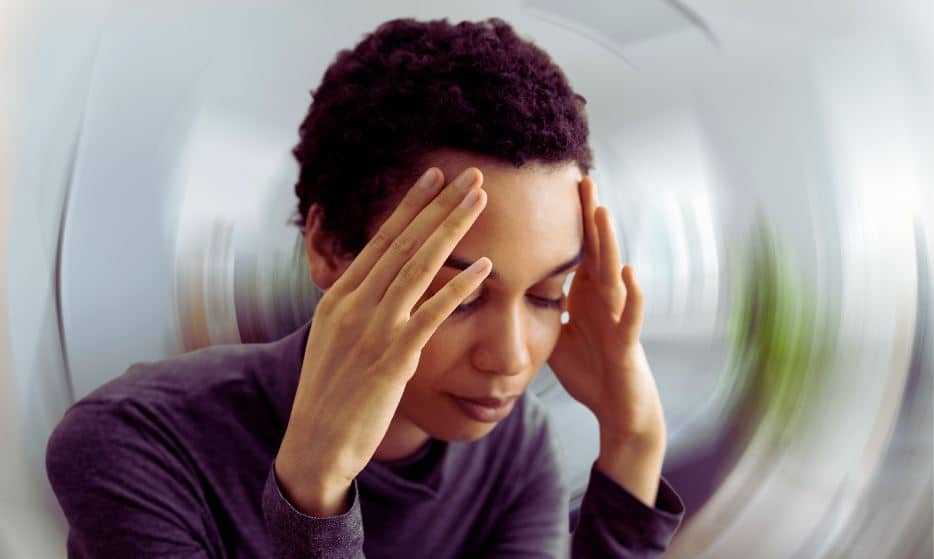Over time, it became evident that the Brandt Daroff exercises did what they were supposed to do, which is to provoke episodes of BPPV. The exercises were not originally designed to promote repositioning of otoconia back into the vestibule, which is the goal of the Epley maneuver. Repositioning as a result of performing Brandt Daroff exercises was really more of an unintended benefit.
In 1999, Radtke et al. compared the efficacy of Brandt Daroff exercises (BDE) to a modified canalith-repositioning procedure intended for self-treatment of BPPV Their “modified Epley procedure” (MEP) is similar to the repositioning procedure previously described by Epley except that it includes no oscillation, no anti-emetic medication, and no follow-up period of keeping the head erect after repositioning. Patients are instructed to perform the modified procedure three times a day until they are free from positional vertigo for 24 hours.
The authors reported that “after one week, 18 of 28 (64%) using the MEP were asymptomatic compared with 6 of 26 patients (23%) using the BDE.” While these data indicate that the MEP may be more effective than the BDE, neither is nearly as effective as single-treatment CRP, as described earlier.
Radtke et al. (2004) compared the relative effectiveness of the same home-based modified Epley procedure (MEP) with a home-based modified Semont Maneuver (MSM). They report that the MEP resolved complaints of positional vertigo accompanied by torsional/upbeating nystagmus in 95% of patients after one week; however, the same success was achieved in only 58% of the MSM group, primarily as a result of incorrect performance or the MSM.
Click below to view a video of instructions on how to perform the home Epley procedure. Please note that this video only shows the exercise for BPPV of the Posterior canal on the left side, and would not be effective if the BPPV were on the right side.
[This is intended as a discussion among health care professionals and is not intended as medical advice. You should consult with your health care provider before attempting any home treatments]







